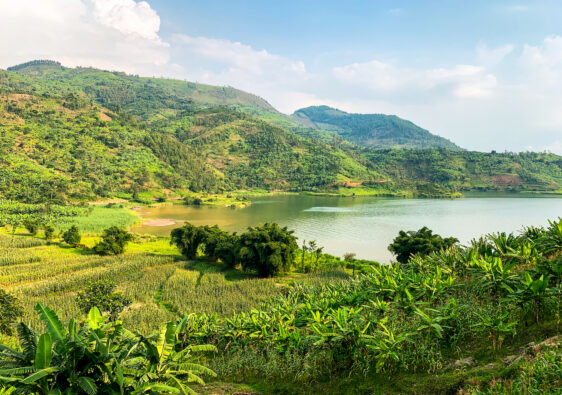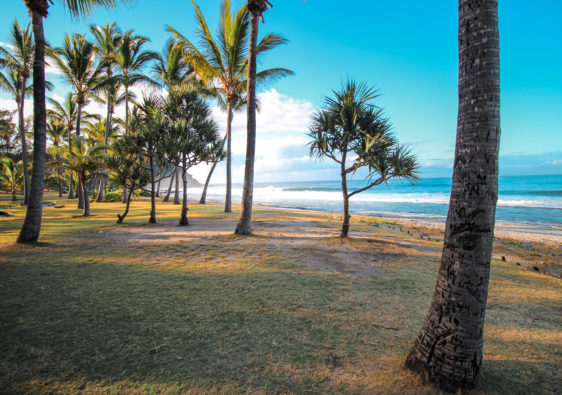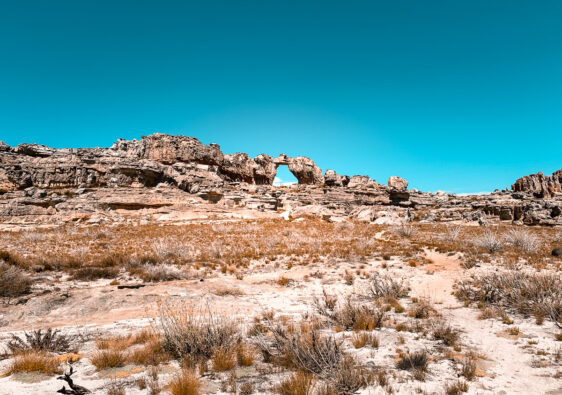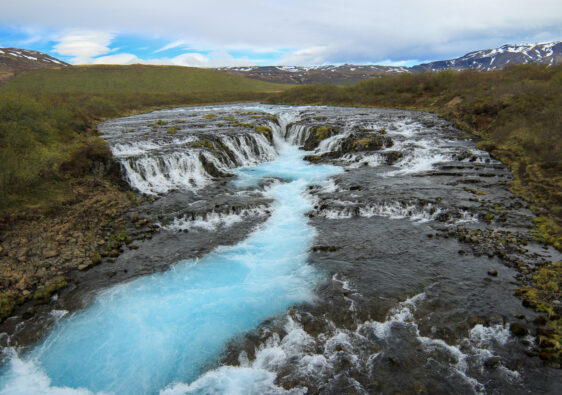If you’re trying to plan a trip to the Kingdom of Eswatini (formerly Swaziland), you’ll probably have realised by now there’s very little useful information to plan your trip. To be fair, Eswatini is overshadowed by the epic Drakensberg Mountains in the south and the rich wildlife of Kruger National Park in the north. That said, there are quite a few hidden things to do in Eswatini if you want to see something different.
For one, you’ll notice immediately that Eswatini is quite a bit more rural and farm-based than its neighbouring South Africa. The country is quite small, so you can easily see a lot of it in a few days. I’d recommend 2 to 3 days depending on how much you want to see.
If you want to do what we did, you can cross the border by Mananga in the morning, head to Mlawula for a afternoon hike, then stay overnight at Mabuda Guest Farm. The next day, head to Malolotja for a hike and then spend the night at Phophonyane Falls Ecolodge. Hike around the falls in the morning and drive back into South Africa in the late morning or early afternoon.
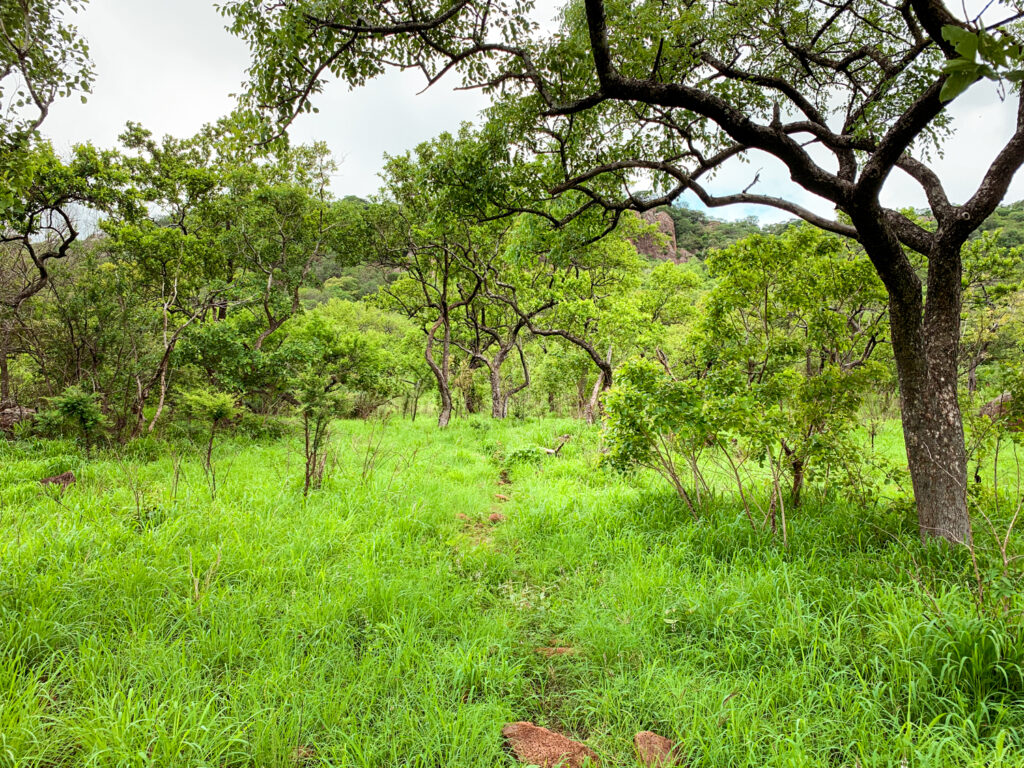
What to See
If you want to see wildlife, you can visit Hlane National Park and Mlilwane Wildlife Sanctuary. They both accept Wild Cards if you have the All Parks pass. We didn’t visit either since we already were going to Kruger during this trip, but Mlilwane could have been a fun stop if we had more time. Apparently you can do walks through the sanctuary and see animals grazing. Many visitors do the 2.5 hour self-guided Hippo trail.
There are a few different parks you can hike around in Eswatini. The two we visited for hiking trails were Mlawula Nature Reserve and Malolotja National Park.
Mlawula Nature Reserve
If you enter this reserve to hike, just beware that the hikes are extremely poorly signaged. I would only do this if you have experience with tracking paths and I would strongly recommend mapping your route as you go so that you can retrace your steps in the event you get lost. If you are coming from South Africa, the entry fee is ZAR 50 per person.
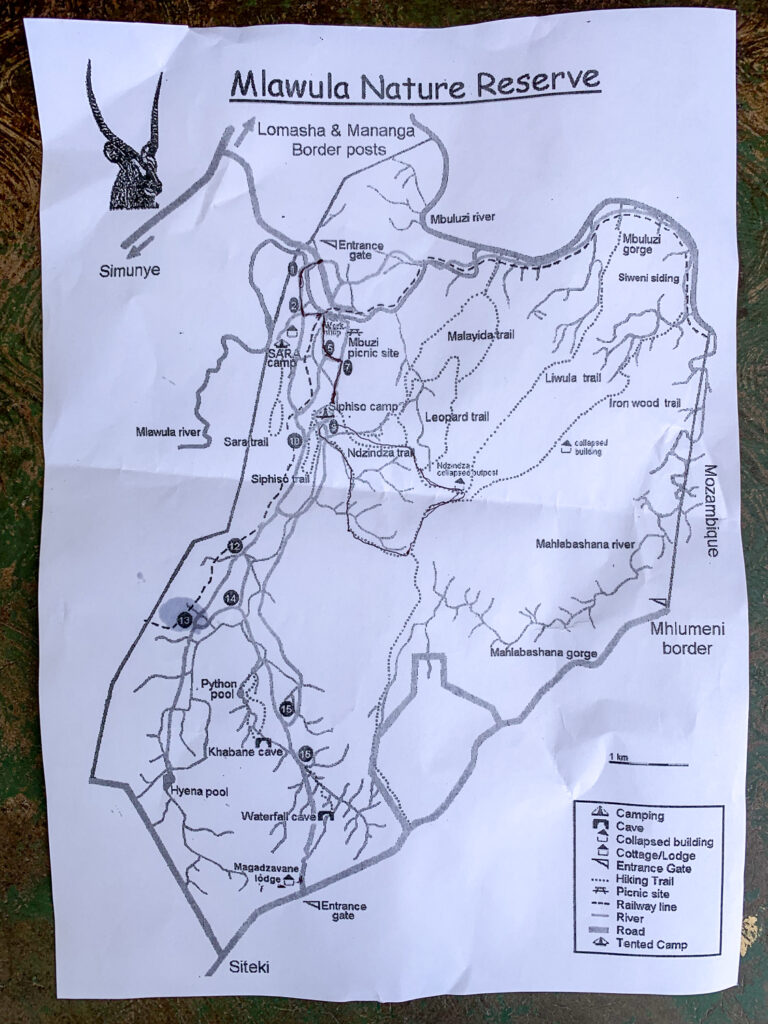
When we got to the reserve, we asked the lady in the reception centre for hiking advice. She recommended doing the Ndzindza trail. The trail starts from the far northeast corner of the Siphiso Rest Camp. We followed the signs for this and took the right trail at a fork with worn-out signs. We hiked all the way up the mountain until we came to a viewpoint. Unfortunately, we later discovered this wasn’t the correct trail anymore and we walked several hours on the wrong trail (later we found out it was the Leopard trail that we mistakenly followed). Rather, if you want to do this Ndzindza trail, if you get to the overlook with the metal cylinder we went to, you walked a few hundred metres too far north. The Ndzindza trail is supposed to go further east once you are on the mountain ridge. If you manage to find the collapsed old building, then you are following the correct trail.
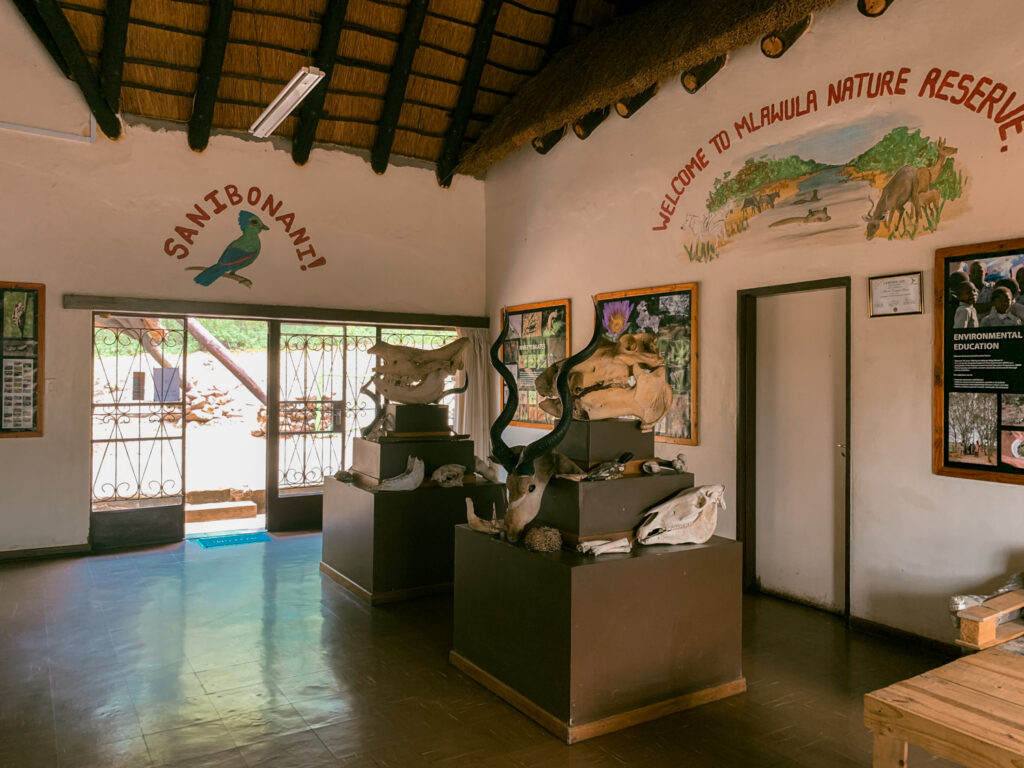
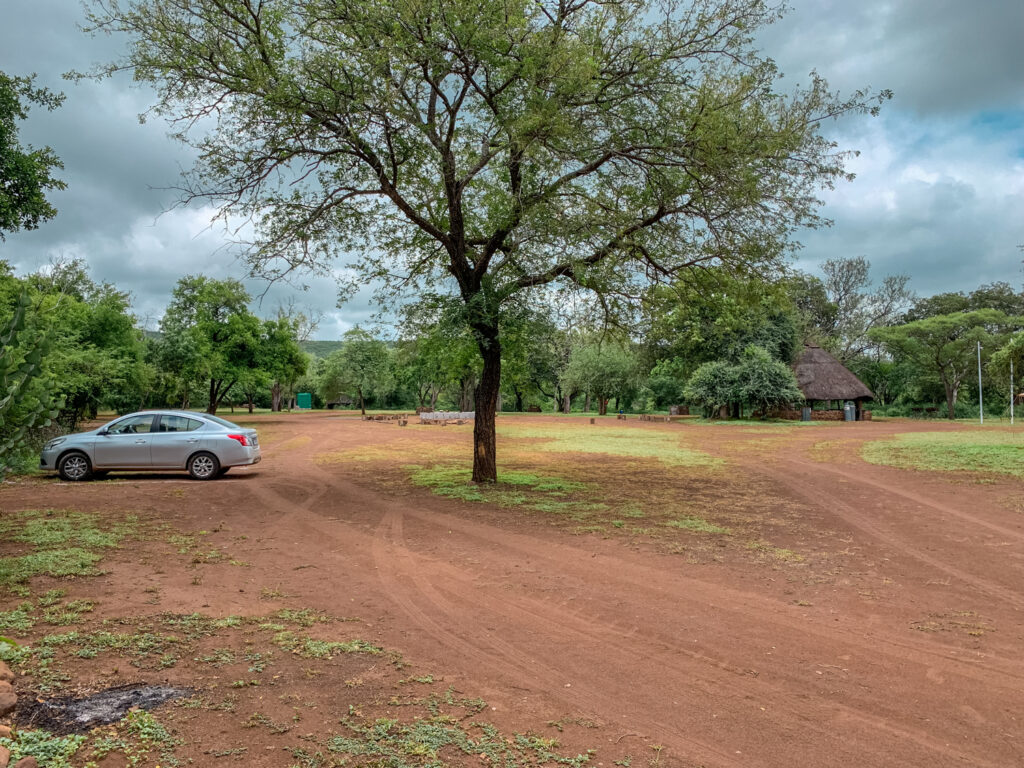
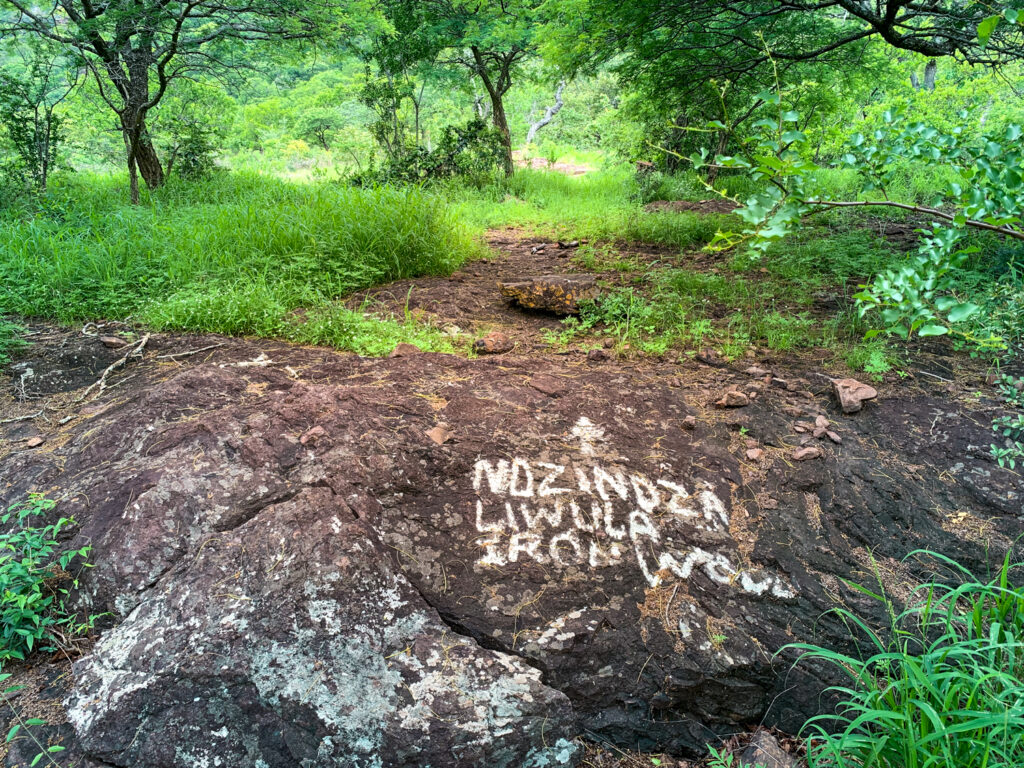
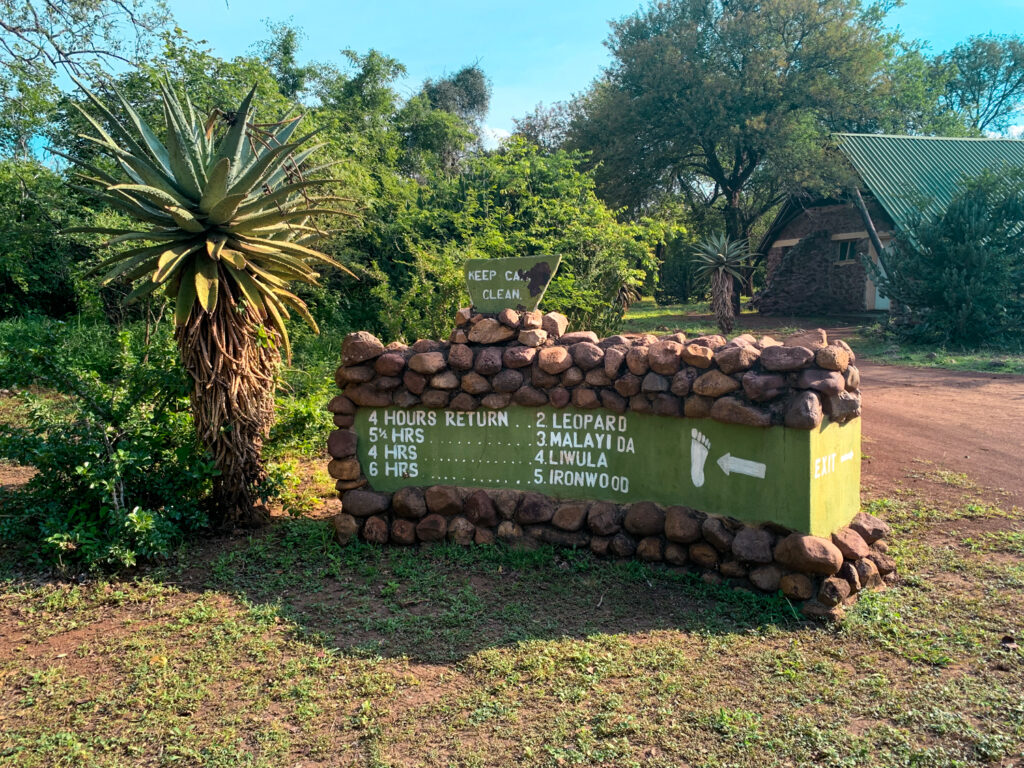
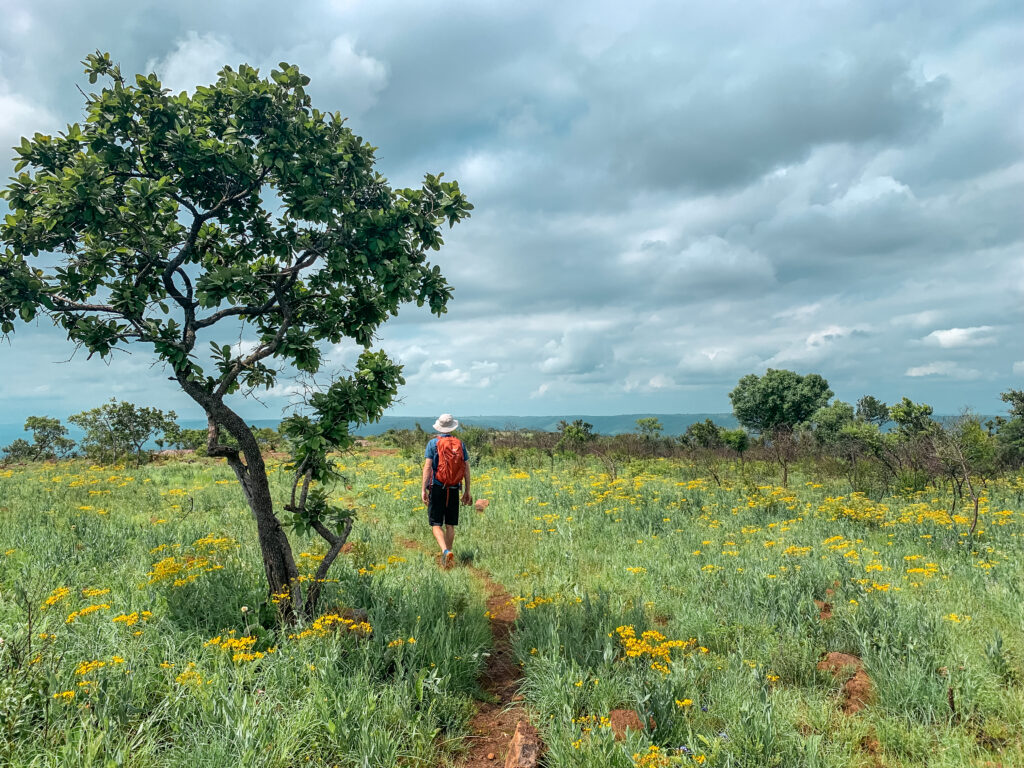
Malolotja National Park
Compared to Mlawula Nature Reserve, this is the better maintained and signaged of the two. It also only costs ZAR 30 per person to enter. There are many hikes available that you can choose from ranging from 1 hour walks to several day hikes. If I had known, I would have come prepared to do one of the multi-day hikes here from waterfall to waterfall.
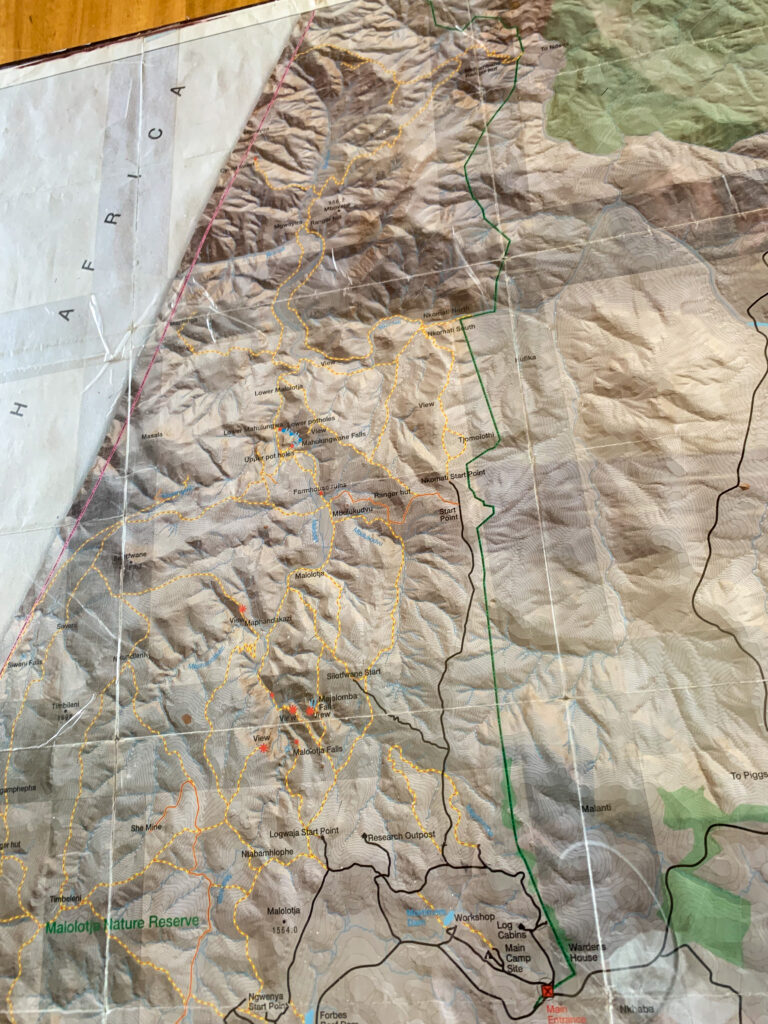
We did the 2-hour hike from the Logwaja start point to the Majolomba Falls view, and turned back because of an incoming storm. Even though it was short, the views of the mountains around us were stunning. With more time, I would have hiked to Malolotja Falls (about an hour return trip) and the multi-day hike out to the Mahulungwa Falls.
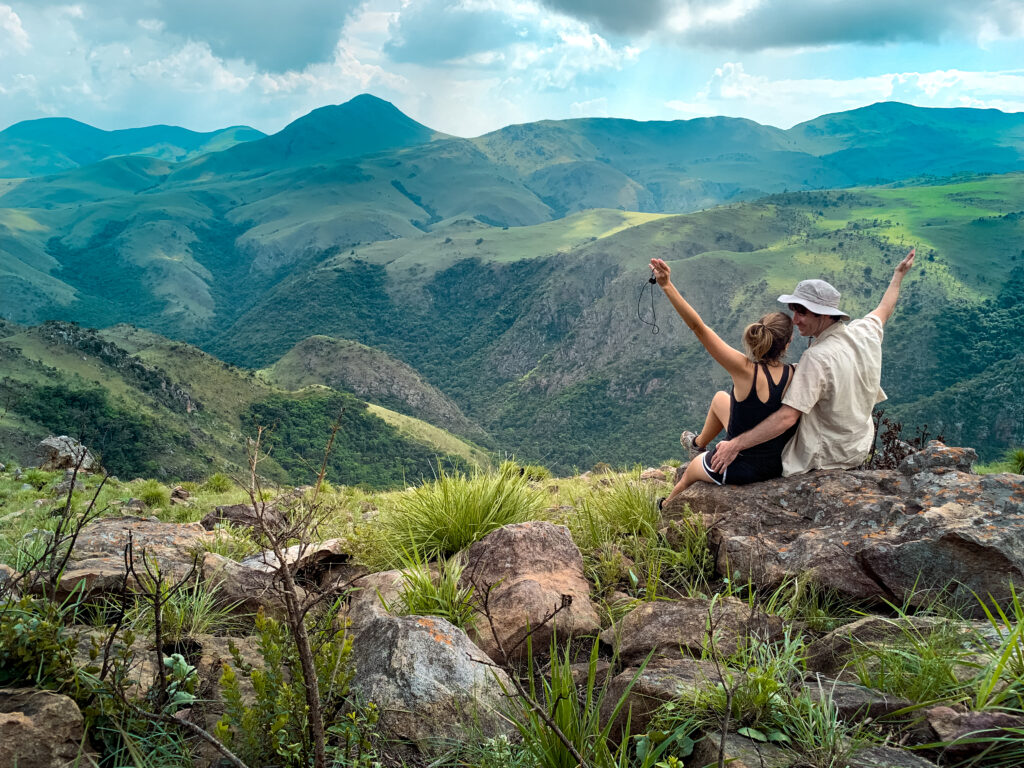
Where to Stay for Hikes and Views
Accommodation options are limited around the country, which I suppose shouldn’t be surprising given its small size. There were two places we stayed that I would both highly recommend.
Mabuda Guest Farm by Siteki is a great base to explore the relatively tourist-sparse west side of the country. For only ZAR 720 total per night we had a massive chalet with 4 single beds, a small well-equipped kitchen, ensuite bathroom, and porch with amazing views. They’ve got really nice camping spots and ablutions for those who would prefer to set up their own tent. There’s a super clean and beautiful pool on the property for swimming during the heat of the day. The farm has a small airfield, coffee bean shrubs, banana trees, and a host of fields and dams that you can explore via different walking routes ranging from 2 to 5 to 21km in length. They also offer horseback riding around the property starting at ZAR 200 per hour per rider. They have WiFi but it is limited to 350MB per booking. There’s a coffee shop, The Green Shed, with cakes, light bites, and the farm-grown coffee on site that opens from 7:30 to 16:00. You can book a room directly on their website or through booking.com for a small discount.
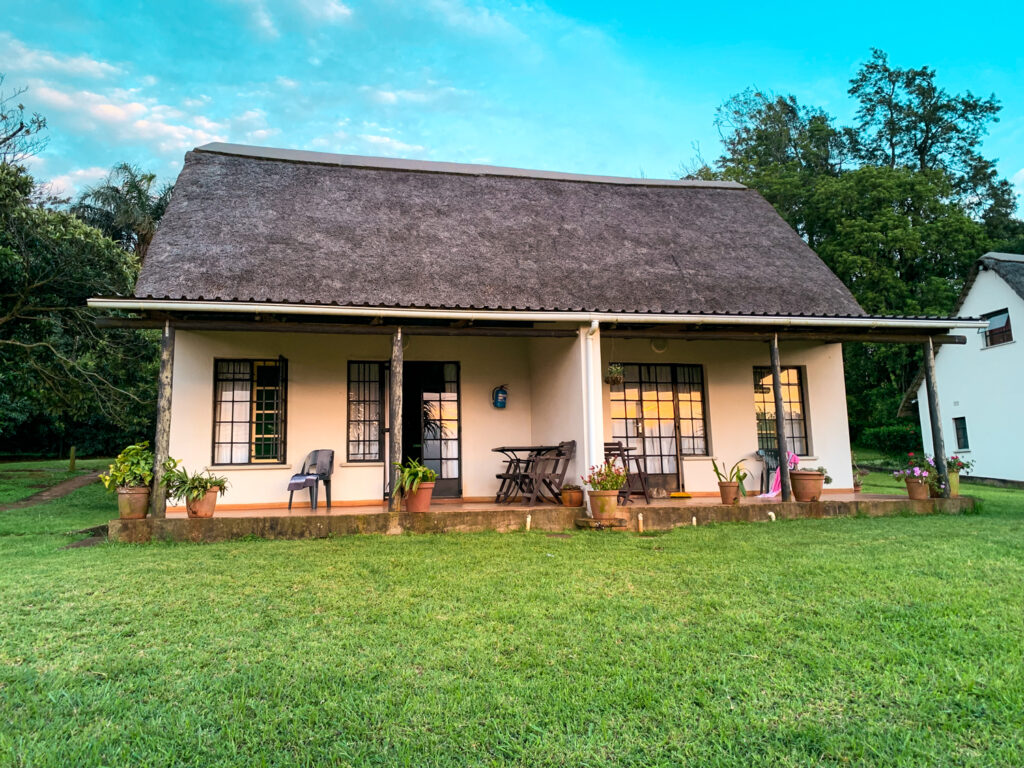
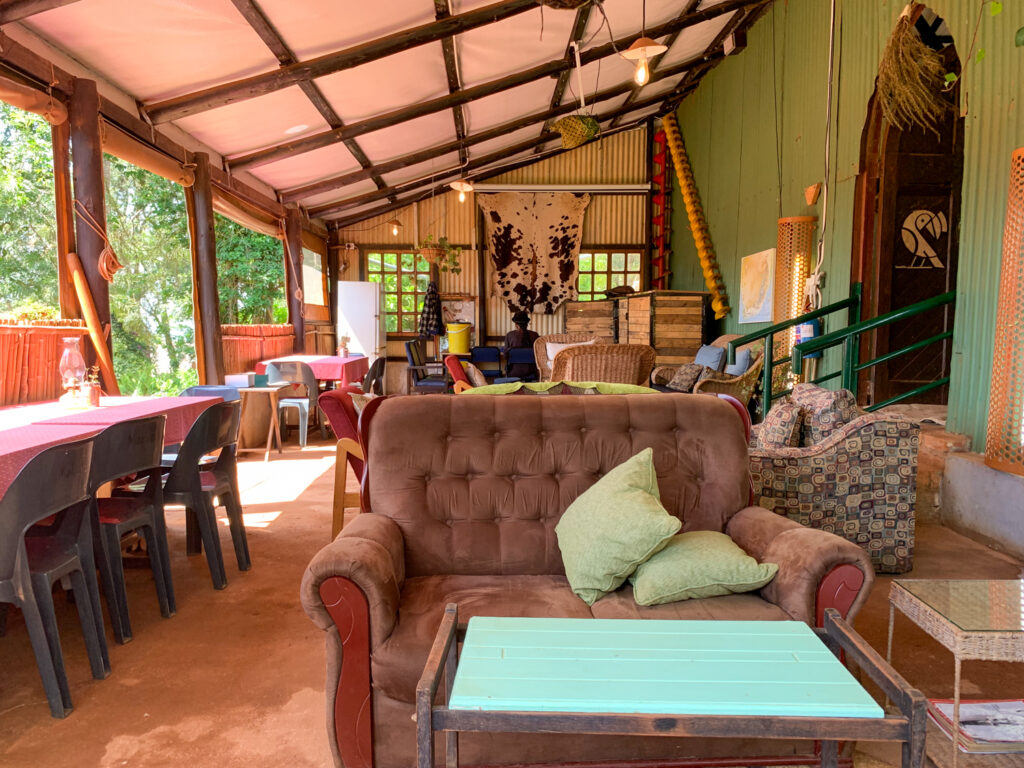
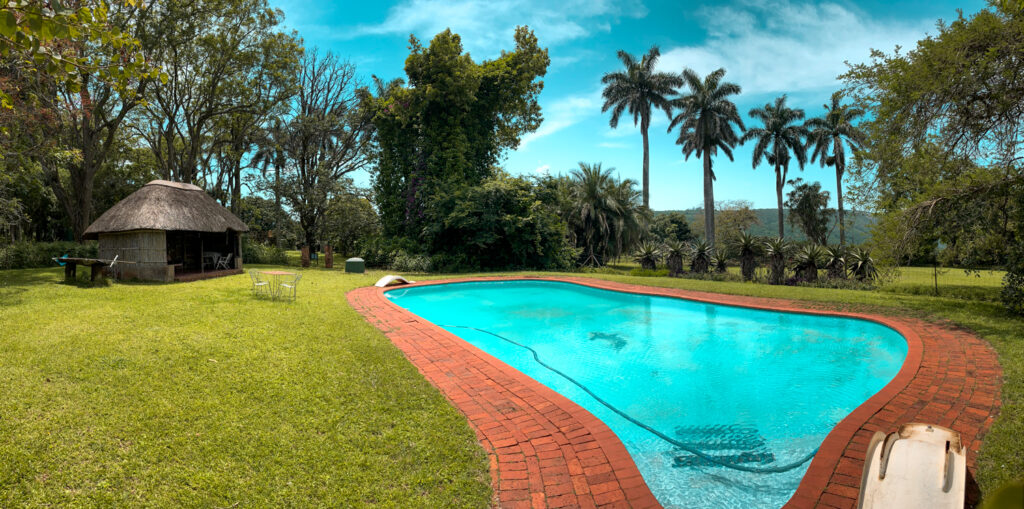
Over on the east side, just north of Piggs Peak is Phophonyane Falls Ecolodge. It’s twice as expensive as Mabuda Guest Farm, but it has quite of few points of interest and luxury. It’s a bit far from Malolotja National Park to make it a base to easily go back and forth for short hikes, but it’s worth staying at the ecolodge in and of itself. With only 11 units, sleeping 28 people in total, you’re guaranteed to feel like you have the place to yourself. There’s a restaurant onsite with pretty decent lunch and dinner options. A full English breakfast is included in your room rate and is quite generous. There’s a library (you can tap into the WiFi here) and a games lounge where you can pass your time. Unless you want to hike, in which case there are plenty of routes that will take you to and around the Phophonyane Falls. Near the restaurant is a massive pool with a view of the valley that you can jump into after your hike. But, if you want a more natural swimming pool setting, there’s also a pool that is fed by a stream and overlooks the falls. You can book a room directly with the lodge or via booking.com.
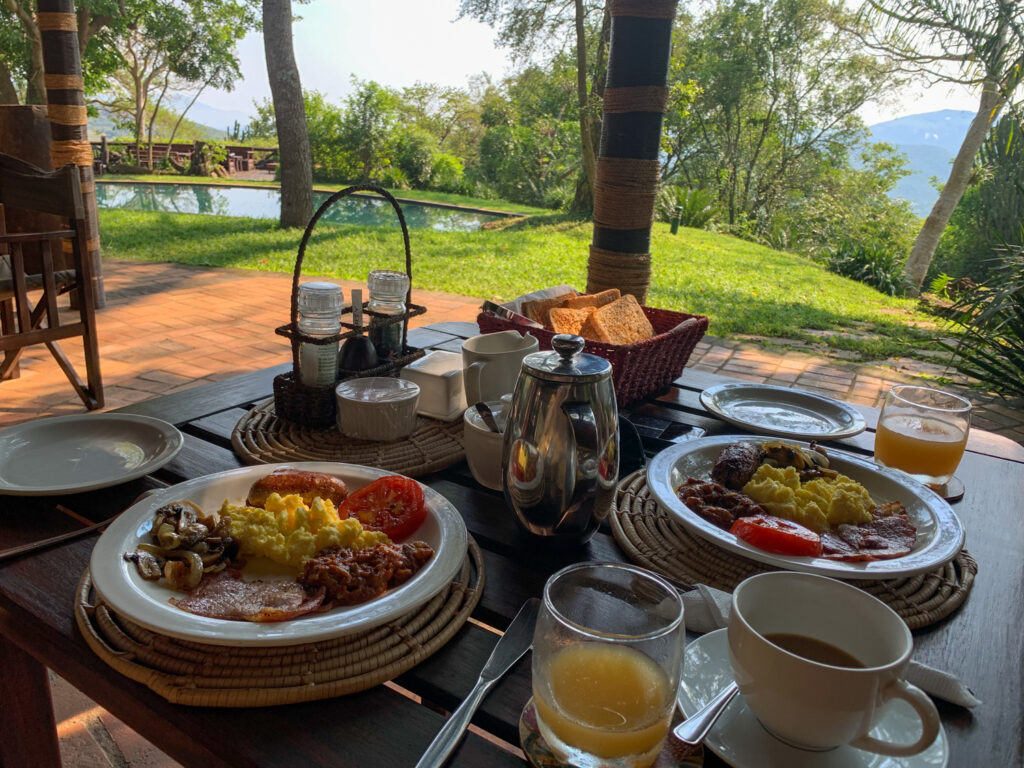
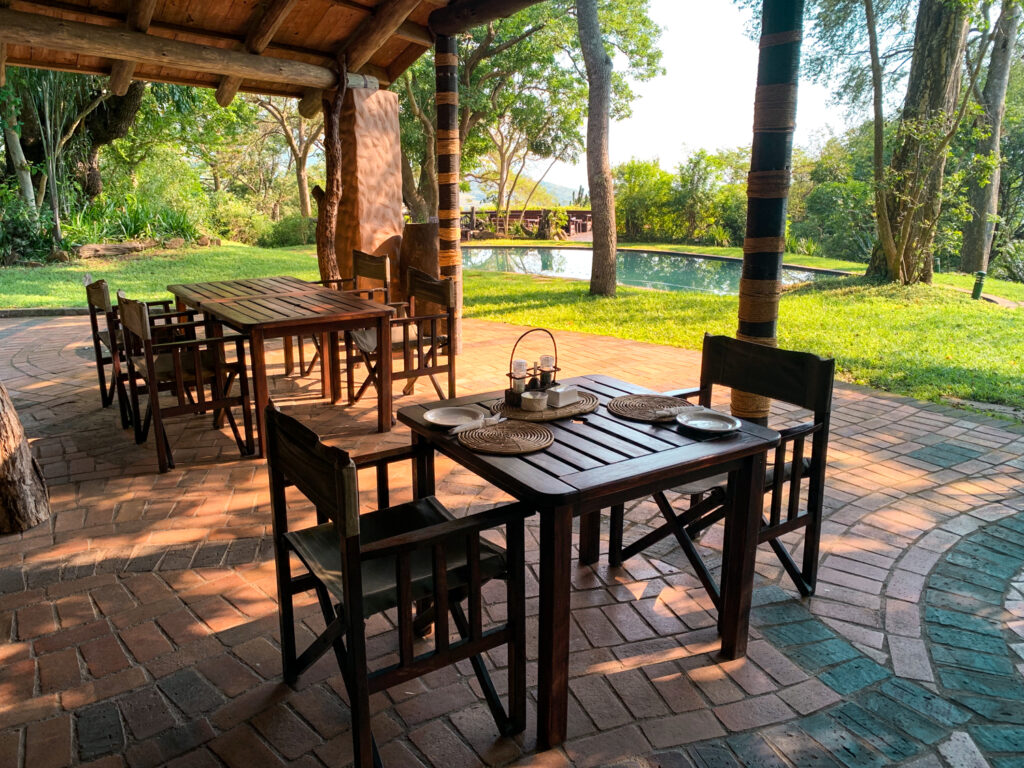
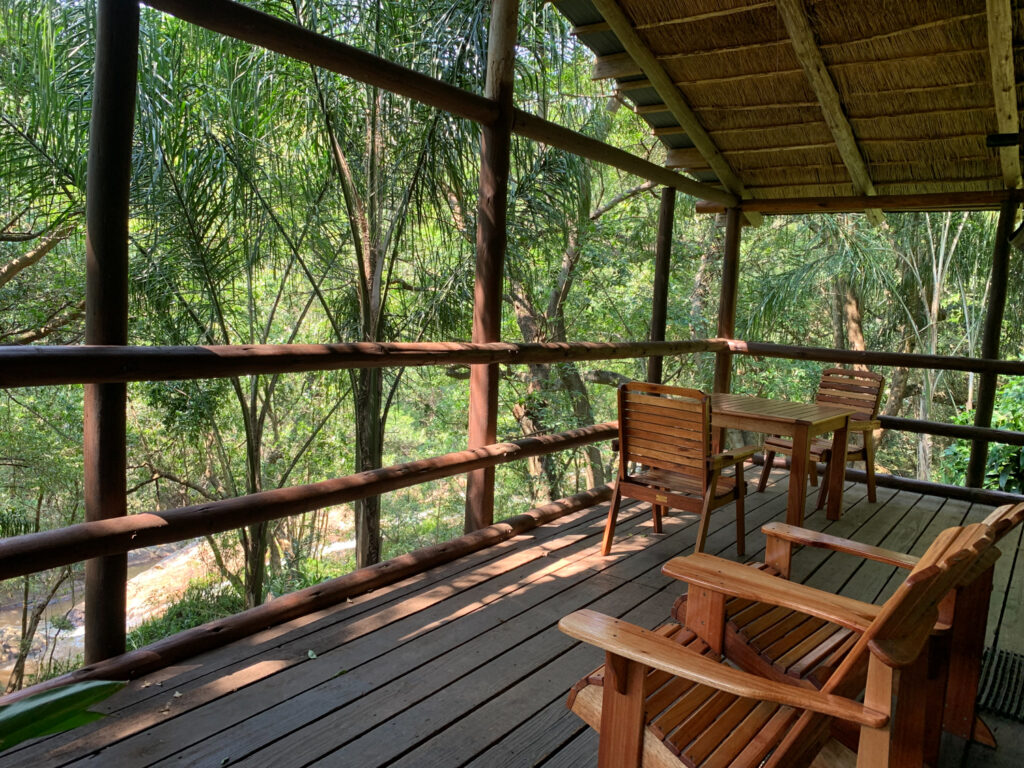
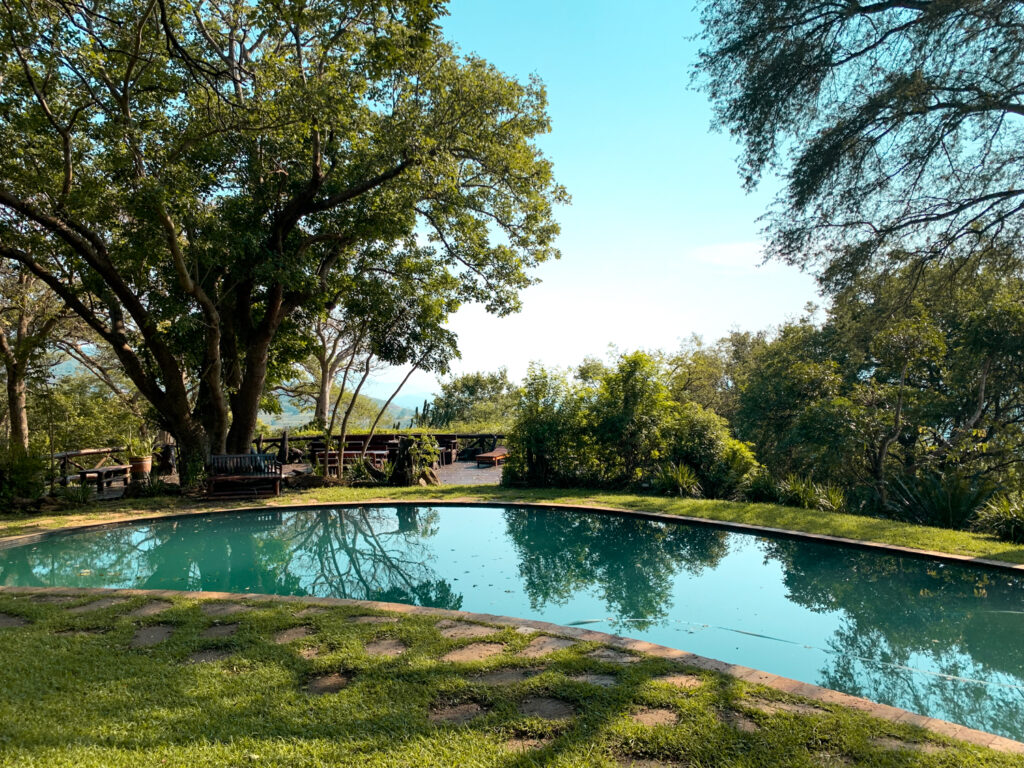
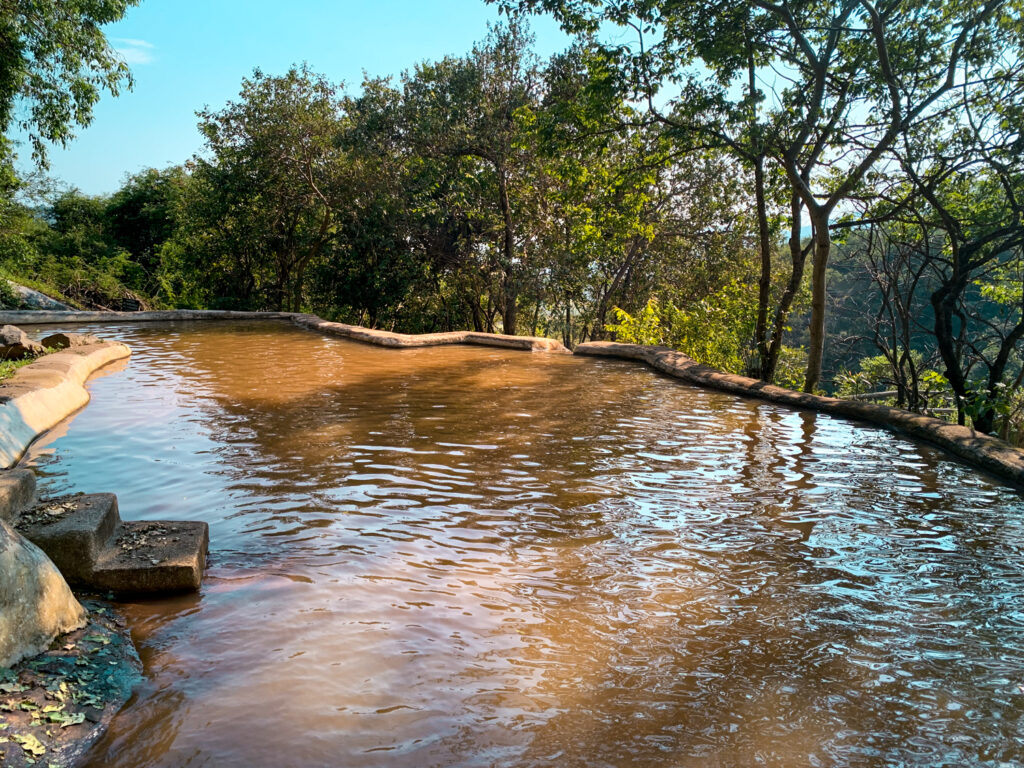
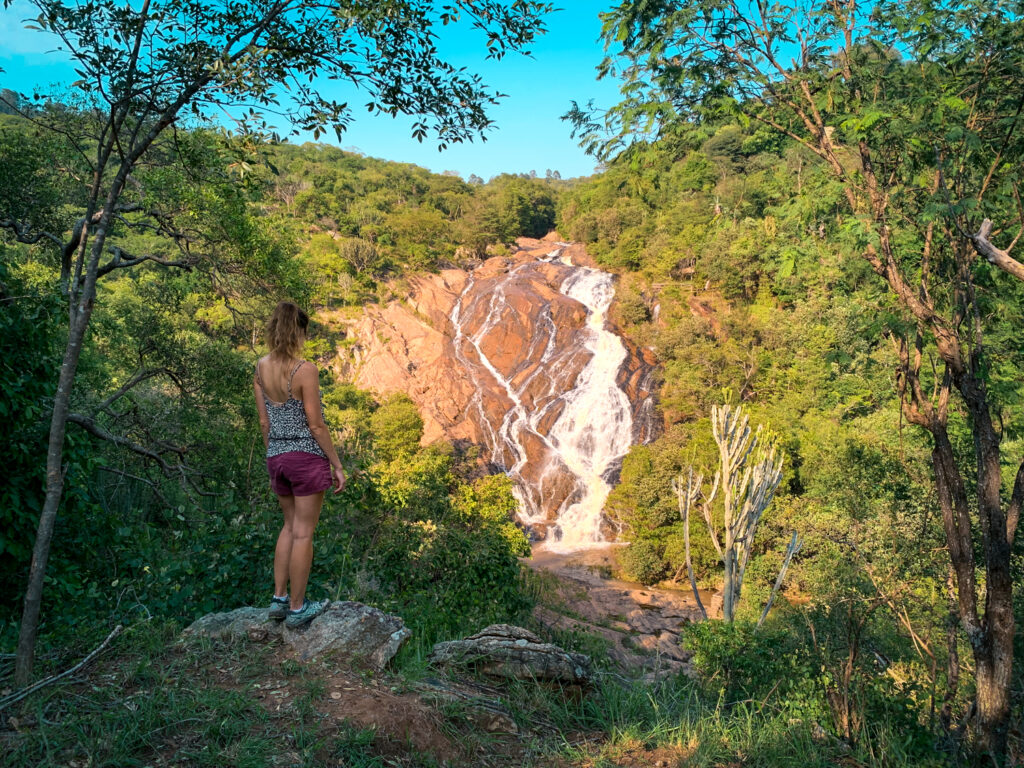
If you want to camp, you can at Siphiso Rest Camp in the Mlawula Nature Reserve. I’m not sure what the rates are, but I’m sure not more than ZAR 200 per person. They’ve just built a new bathroom which looks miles better than the original. There are braai stands, but otherwise the whole site is incredibly rustic. Personally, I wouldn’t camp there alone. On the plus side though, if you do camp there you will see loads of animals like buck and warthogs.
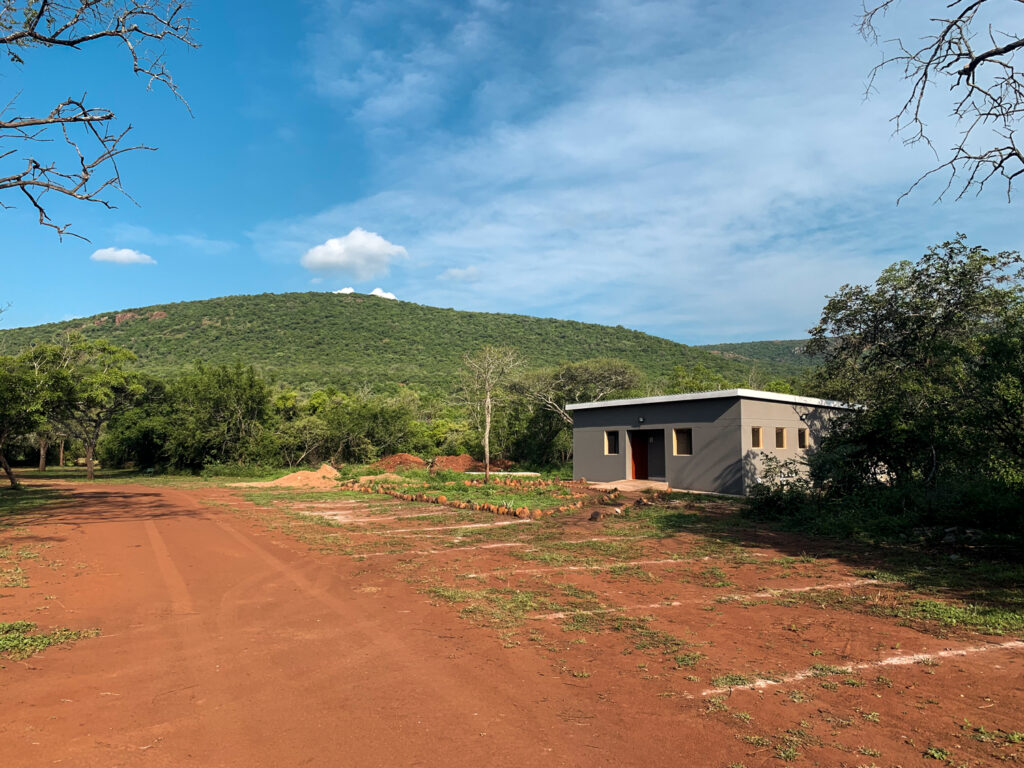
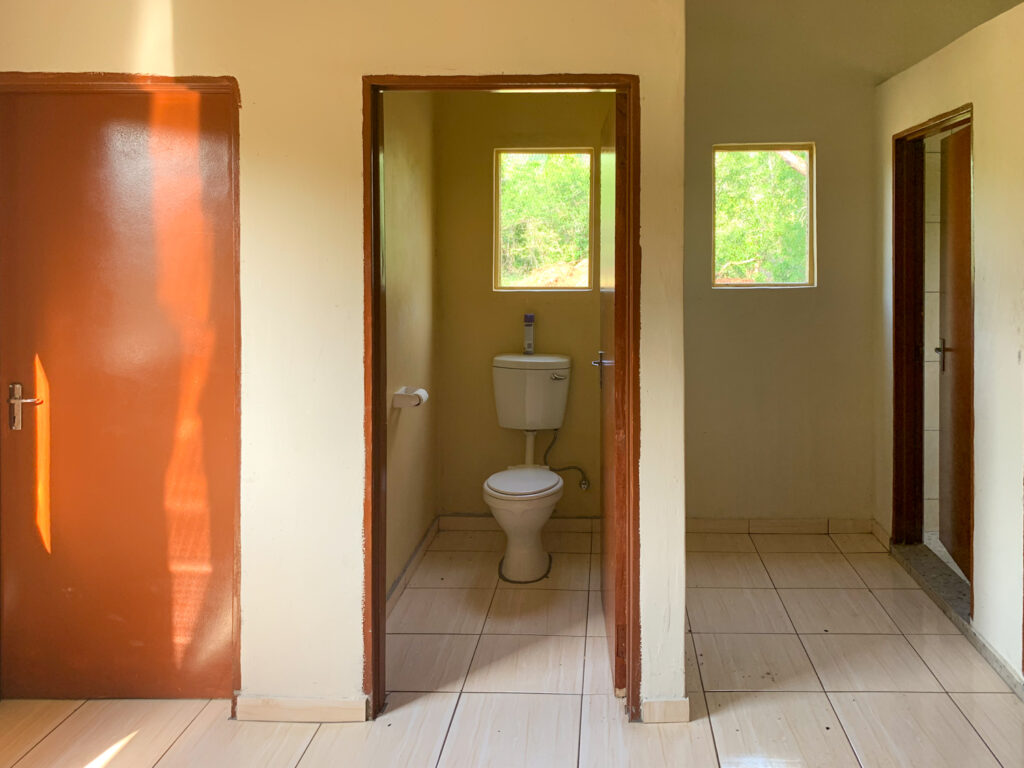
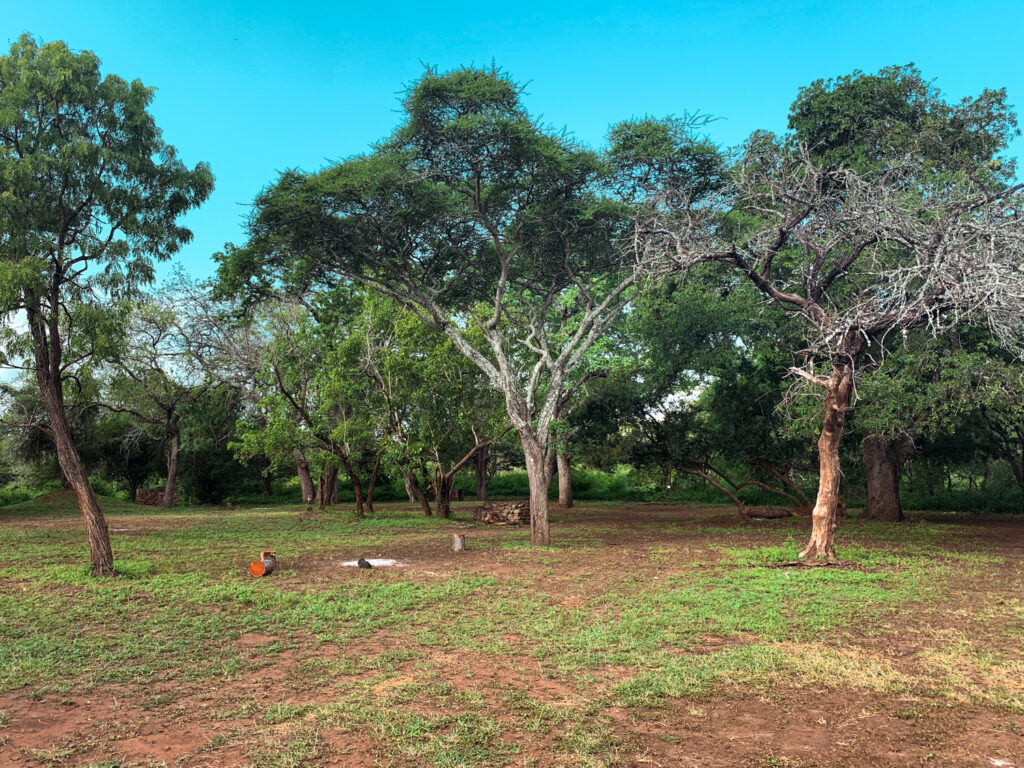
Arriving through a Land Border by Car
As of 12 December 2021, these are the land borders between South Africa and Eswatini (Swaziland) that are currently open:
- Ngwenya/Oshoek
- Matsamo/Jeppes Reef
- Mananga
- Lavumisa/Golela
- Mahamba
To enter Eswatini, all travellers are required to present a valid certificate of a negative COVID-19 test obtained not more than 72 hours (3 days) before the date of travel. In theory, you can use the same test result to reenter South Africa if you return within 14 days of the PCR test date. Otherwise, you can get an antigen test for ZAR 300 at the South Africa border post.
If you are driving a rental in, you will need permission papers and the registration from your car rental company. However, in our case, no one checked for these. But it’s a good idea to get nonetheless so that you don’t breach your contract and your insurance is valid in the case of an accident.
Most passport holders will get a 30 day tourist visa on arrival. Make sure to bring a valid passport with blank pages (though they stamped on top of other stamps in my case).
We entered Eswatini via the sleepy Mananga border post. On the South African side, they gave us an exit stamp and checked our PCR tests. On the Eswatini side, they will give you an entry stamp in your passport and glance at your PCR test result. At the customs counter, you will need to pay ZAR 100 for the road tax fee if you are coming by car. You must pay this ZAR 100 by card only! They will not accept cash payments. The Eswatini customs officials did not ask for car registration papers or proof of accommodation. You’ll receive an exit form which you will hand to the man at the border post gate as you drive into Eswatini. The whole crossing took about 15 minutes.
We exited Eswatini back into South Africa via the Matsamo/Jeppes Reef border post. We got antigen tests on arrival in South Africa which took less than 3 minutes for the result to come back. The immigration officer did not really check the passports and just stamped an entry stamp into them. (This was a problem in my case, because he did not give me a valid visitor’s visa when I entered South Africa. If you already have a valid visa, then this won’t be an issue for you.)
Driving a Rental Car Across the Border
If you want to take a rental car across the border, you’ll have to first check if the rental company allows its cars to be taken into Eswatini, if they allow your specific car type across the border, and you’ll need to pay for a letter of cross-border permission.
Both Hertz and Thrifty allow cars to be driven across the border into Eswatini (Swaziland). For Hertz, you need to notify them two days before you pick up the rental car that you will cross a border. For Thrifty, you can get the papers at the time of the car pick-up. If you’re not sure if you will drive across a border during your rental period, you can always pay for the papers later, but you will need to go directly to a rental car branch location to collect the papers.
Thrifty charges ZAR 1500 and Hertz charges ZAR 1600 for the border papers. If you want to cross into multiple countries (i.e. into Mozambique and then into Eswatini), you will need to pay for each country border crossed.
You can read more on car rental tips in the travel tips section.
Good to Know
Eswatini uses the Lilangeni (plural Emalangeni). This is fixed to the South African Rand (1 Rand = 1 Lilangeni). You can use South African Rands anywhere in Eswatini, so rather withdraw some cash in ZAR before you go. It’s difficult to convert Emalangeni back to ZAR later. We brought about ZAR 500 each.
Internet speeds are slow, so I wouldn’t do a working holiday in most places unless you have a SIM card with plenty of data.
Download all offline maps for the region from Google Maps and Maps.Me onto your phone. It won’t have all the information you need, but it will help.
A normal sedan is fine for Eswatini. The roads are filled with potholes and there are quite a few dirt roads, but if you drive slowly, you’ll be fine with a small car. We had a Nissan Almera and never scraped the bottom of the car once.
Gas is cheaper in Eswatini, so fill up there rather than in South Africa.
There are supermarkets around, but we opted to bring all of our food and water with us from South Africa for the length of our stay.
Eswatini doesn’t have much malaria, so we didn’t take malaria tablets.
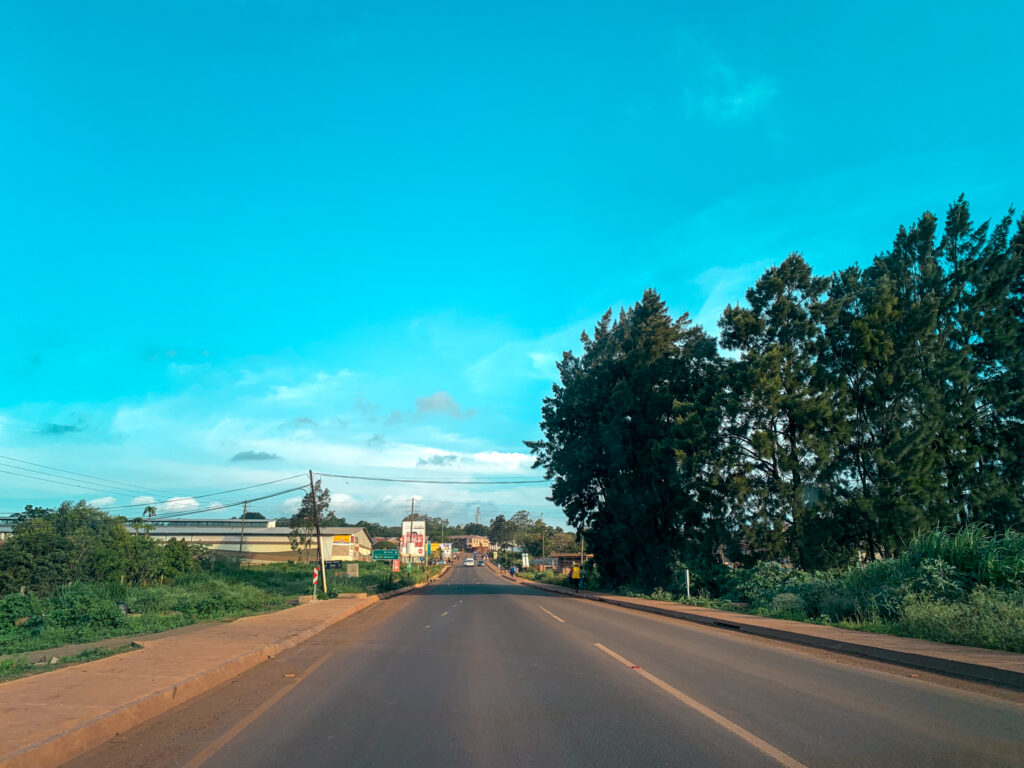
Stay Safe
We did not experience any rioting, and we even drove through the capital city. In fact, everyone is Eswatini was super nice. Many people are quite proud of their king, so questioning the monarchy is probably not a great idea.
However, the police will likely pull you over at every roadblock. Just keep calm, and if they ask for a bribe (fine), just ask to go to the police department so you can see the regulations.
Currently, the police are enforcing a very vague interpretation of COVID-19 regulations that requires people to wear masks in public in the presence of others, but they are extending the definition of ‘public’ to the private space of the vehicle. Therefore, if you do not wear your mask in the car even with your family, partner, etc., the police will try to fine you. Even though there is no criminal charge or fine attached to the regulation. If you get arrested for not wearing a mask in your private vehicle with your family, remain calm and explain to the police that you are a family and were not aware that you must wear a mask around your family. If they insist you pay a fine, then apologise and ask to be taken to a police station so you can read the regulations. They’ll likely either let you go right there or take you to the station and then let you go without needing to pay a fine. (Reports from others have indicated the fine is ZAR 100.)
